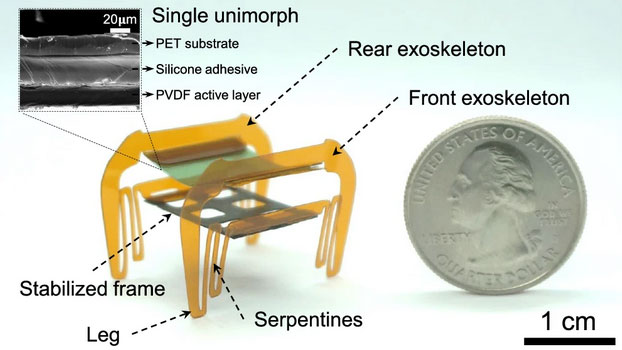In a leap forward for micro-robotics, a team of Chinese researchers has unveiled an astonishing insect-scale microbot dubbed the 'electronic cockroach.' Weighing just over 1 gram and stretching only 2 centimeters long, this pint-sized machine brings real-world impact with its agility, robustness, and amphibious versatility.
Mimicking its biological namesake, the electronic cockroach can endure forces up to 60 kilograms and emerge unscathed. Its secret lies in a flexible exoskeleton that folds under pressure to shield vital components and springs back instantly – much like a real cockroach's natural defense.
Performance specs read like something out of science fiction:
- Speed: 4.8 body lengths per second, rivaling more complex multi-actuated designs.
- Turning agility: 280 degrees per second, enabling sharp maneuvers in tight spots.
- Amphibious movement: Four legs double as paddles to propel the bot through water.
Wu Yichuan, an associate professor at the University of Electronic Science and Technology of China (UESTC) in Chengdu, in the southwestern Sichuan Province of the Chinese mainland, highlighted the durable, deformation-resistant materials that make this microbot so resilient. 'The integrated components and flexible structure work in harmony to protect the core electronics, even under heavy loads,' Wu explained.
Peng Bei, another UESTC professor and co-author of the study in Nature Communications, emphasized how a single actuator frequency tweak lets operators control the bot's shape, trajectory, and turning angle – no complex hardware needed.
Potential applications span disaster search-and-rescue in collapsed buildings to pipeline inspection in narrow conduits. However, current challenges remain: the lithium battery only powers about 20 minutes of operation, limiting mission duration. Researchers are now racing to extend battery life and improve onboard autonomy.
This breakthrough comes at a time when micro-robotic innovation is set to revolutionize everything from industrial maintenance to environmental monitoring. As the field advances, the electronic cockroach stands out as a powerful proof of concept – and a toast to the ingenuity of young scientists on the global stage.
Reference(s):
cgtn.com




